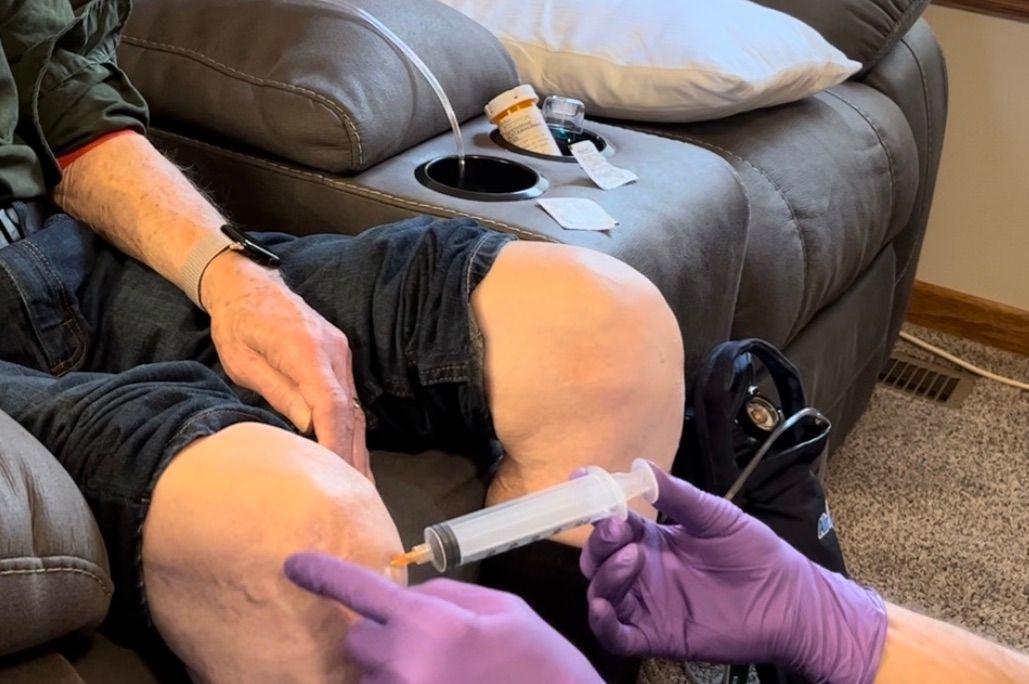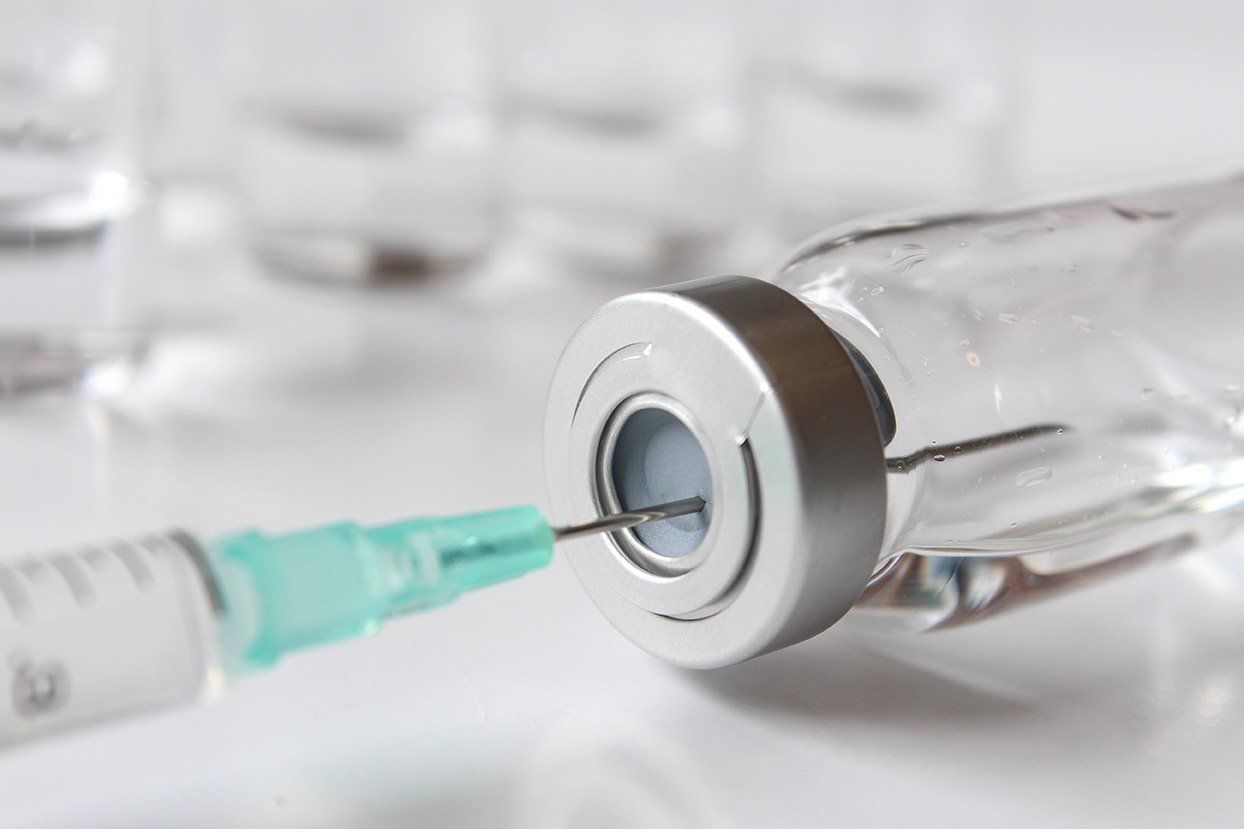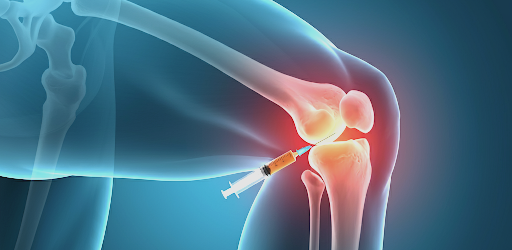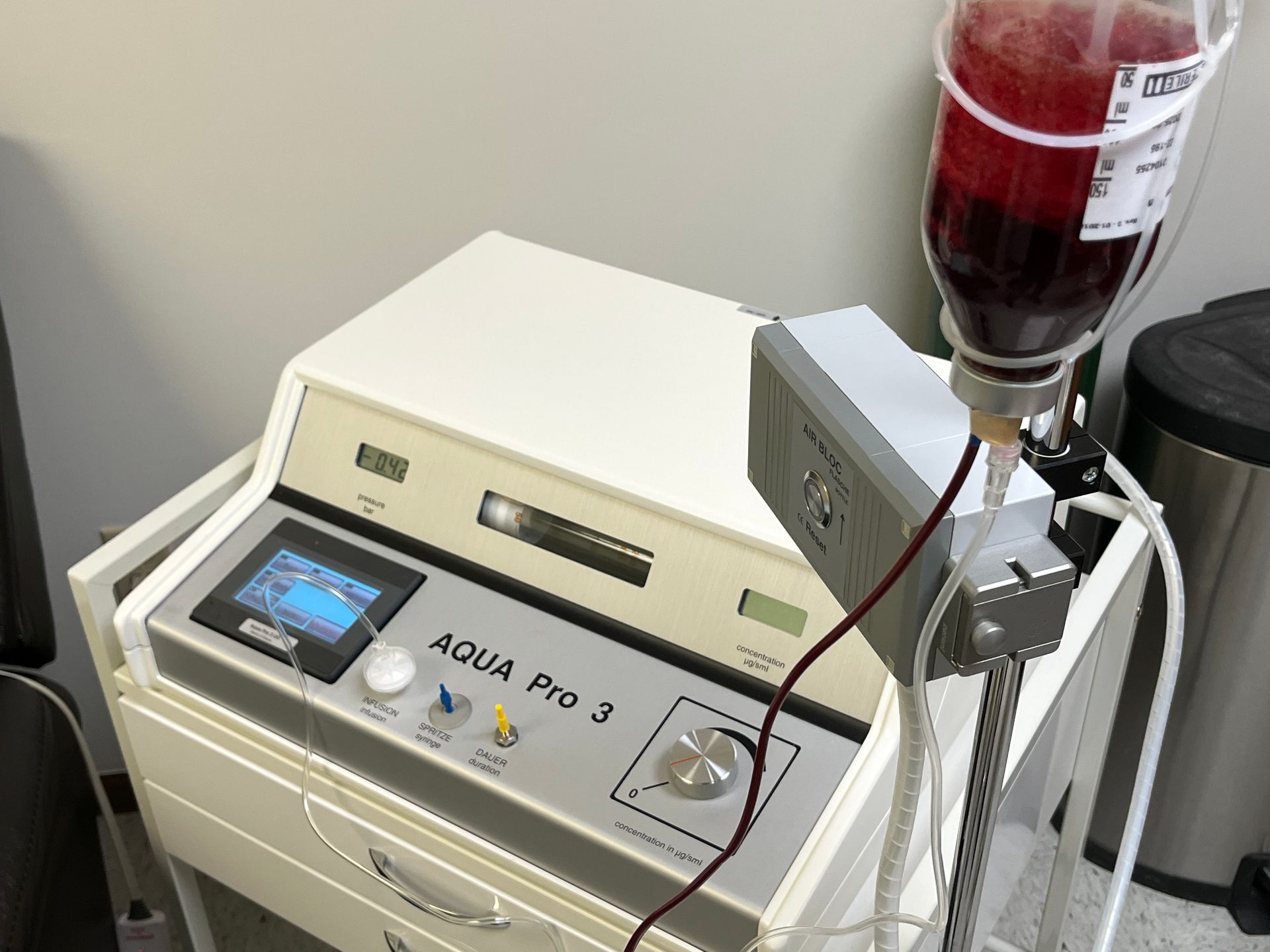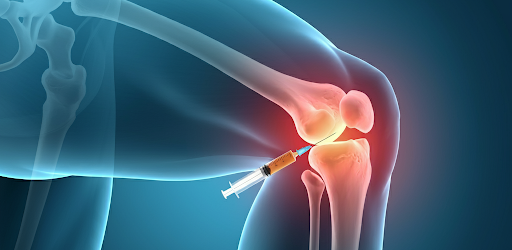Can PRP Help Arthritis?
Arthritis is one of the most common chronic conditions, affecting millions of people worldwide. Characterized by joint pain, stiffness, and reduced mobility, it can severely impact quality of life. While traditional treatments, such as medications, physical therapy, and, in severe cases, surgery, have long been the go-to solutions, recent years have seen a rise in interest in regenerative therapies. One of the most talked-about options is platelet-rich plasma (PRP) therapy. But can PRP help arthritis, or is it just another medical trend? Let’s take a closer look at how PRP works, what research says, and whether it’s a viable option for managing arthritis.
Understanding Arthritis and Its Challenges
Arthritis is not a single condition, but rather an umbrella term for more than 100 disorders that affect the joints. The two most common types are osteoarthritis, which is caused by the breakdown of cartilage over time, and rheumatoid arthritis, an autoimmune condition where the immune system attacks the joints. Both forms lead to pain, inflammation, and gradual loss of joint function.
The challenge with arthritis is that most treatments focus on symptom management rather than reversing the underlying damage. Pain relievers, anti-inflammatory drugs, and steroid injections can provide temporary relief, but they do little to restore joint health. This has created a demand for therapies that go beyond surface-level treatment and target tissue repair at its core.
What Is PRP Therapy?
PRP therapy involves using a patient’s own blood to harness the natural healing power of platelets. A small sample of blood is drawn and then spun in a centrifuge to separate the components. This process concentrates platelets, which are rich in growth factors that stimulate cell repair and regeneration. The platelet-rich plasma is then injected into the affected joint to reduce inflammation and promote healing. Since PRP is derived from the patient’s own body, the risk of rejection or allergic reaction is minimal. This makes it appealing for those seeking more natural alternatives to conventional treatments.
Why PRP Has Gained Popularity in Orthopedics
Over the past decade, PRP has become widely used in sports medicine and orthopedics for treating tendon injuries, ligament sprains, and muscle damage. High-profile athletes have publicly credited PRP for faster recoveries, sparking mainstream curiosity. With this growing reputation, researchers and clinicians began to explore whether PRP might also benefit patients with chronic joint conditions like arthritis.
The Science Behind PRP for Arthritis
When PRP is injected into an arthritic joint, the growth factors released by platelets are believed to stimulate cartilage cells, encourage collagen production, and reduce inflammation. This theoretically creates an environment where tissue repair can take place, slowing down the degenerative process. Studies have shown that PRP may improve joint lubrication, which can ease stiffness and make movement less painful. There is also evidence that it reduces the inflammatory chemicals that worsen arthritis symptoms.
Comparing PRP to Other Injections
Traditionally, patients with arthritis are offered corticosteroid injections or hyaluronic acid injections. Steroids can provide quick pain relief but may cause cartilage damage if overused. Hyaluronic acid, often referred to as “gel shots,” aims to restore joint lubrication, but results can be inconsistent. PRP is unique because it is not just masking pain but actively encouraging the body to heal. Patients who do not respond well to steroids or gel shots may find that PRP offers longer-lasting relief with fewer side effects.
Clinical Evidence Supporting PRP
Research on PRP for arthritis is still evolving, but many studies show promising results. Trials comparing PRP to placebo injections have found significant improvements in pain and function for patients with knee osteoarthritis. Some studies even suggest PRP may outperform hyaluronic acid injections in terms of symptom relief and joint mobility. However, it’s important to note that not all studies are consistent. Outcomes can vary depending on how PRP is prepared, how many injections are given, and the severity of the arthritis. Despite these variations, the overall trend suggests that PRP holds real therapeutic potential.
Patient Experience with PRP
Patients who undergo PRP therapy often describe the procedure as straightforward and minimally invasive. After the injection, some may experience mild soreness or swelling for a few days, but recovery is usually quick. Unlike surgery, there is no downtime, and most people can resume daily activities almost immediately. The benefits typically become noticeable within a few weeks, and results can last for several months or even a year. Many patients choose to repeat treatments periodically to maintain relief.
Who Is a Good Candidate for PRP?
PRP tends to work best for patients with mild to moderate osteoarthritis, where there is still some cartilage left to preserve. It may be less effective for advanced arthritis where joint damage is severe, and for these patients stem cell therapy is a better option than PRP. Whether young or old, patients who wish to avoid surgery altogether can consider both PRP and stem cell therapy to keep their joints functioning and free from pain. Doctors typically evaluate each case individually, considering the patient's age, the severity of arthritis, and overall health before recommending PRP therapy.
Limitations and Considerations
While the outlook is promising, PRP is not a miracle cure. Results can vary significantly, and not everyone experiences dramatic improvements. Another challenge is that PRP is not always covered by insurance, meaning patients often must pay out of pocket. Costs can range from several hundred to over a thousand dollars per treatment, depending on the clinic. Additionally, PRP requires skilled administration. The accuracy of the injection and the quality of the PRP preparation can influence outcomes, making it essential to seek treatment from experienced providers.
Future of PRP in Arthritis Treatment
As more research emerges, PRP may become a mainstream option in arthritis management. Ongoing studies are investigating how to optimize platelet concentration, determine the ideal number of injections, and whether combining PRP with other regenerative therapies enhances outcomes. Advances in this field may one day allow for customized biologic treatments that significantly delay or even prevent the need for joint replacement surgery.
Arthritis continues to be a complex condition to manage, but treatments like PRP are shifting the focus from temporary relief to long-term joint health. By tapping into the body’s own regenerative capabilities, PRP can help reduce inflammation, enhance mobility, and potentially slow down the progression of joint damage. It is not a one-size-fits-all solution, but for many patients it represents a promising alternative to medications or surgery. As clinical research evolves and techniques are refined, PRP may become a standard approach in arthritis care. At One Natural Health, we believe in exploring innovative therapies, such as PRP, that give patients more control over their health and a better chance at living a fuller, more active life.
